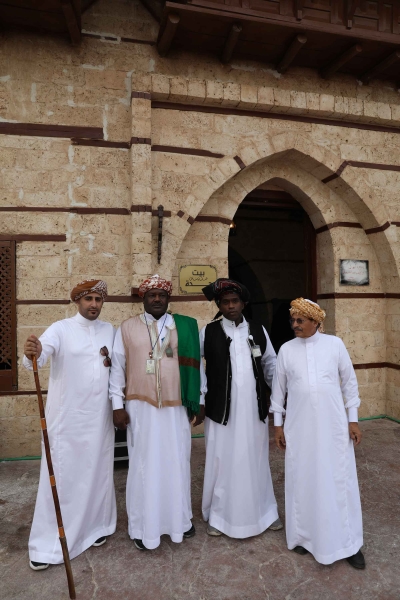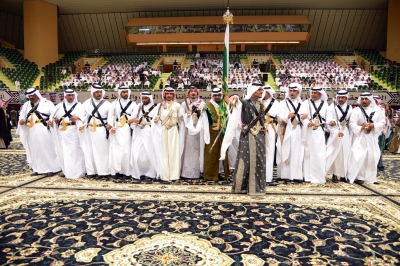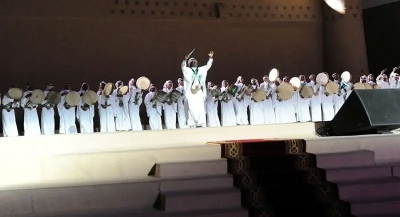
Majas Art is a form of traditional Hejazi folk singing that has been around for a long time. Initially, it was known as the shepherd's chant, then it evolved to be called the mastered chant, later by laughter, shouting, and paired singing, until it finally became known as Majas. This art form is similar to the Arabic Mawal, yet there are differences between them. The Arabic Mawal starts with the phrase "Ya Leil Ya Ein", and it begins with a deep tone and then settles into a high pitch. In contrast, Majas starts with a high pitch and then settles into a deeper tone. This art form is widely practiced in the west of the Kingdom of Saudi Arabia, particularly in Makkah al-Mukarramah and al-Madinah al-Munawwarah provinces.
History of Majas art
Majas art is an ancient historical art form that originated in the Hejaz. It was renowned in Makkah al-Mukarramah, al-Madinah al-Munawwarah, and Jeddah. This art is still practiced today and is considered an authentic Saudi art that has spread out to other Arab countries. The reason behind naming this art Majas is that the singer who practices this art, known as (Jassis), gauges, which means in Arabic "Yajss”, the audience's mood before beginning to sing, preparing them for the performance.
Majas art performance
In the past, Majas performances were held to welcome the annual pilgrim caravans arriving in the Hejaz region. These caravans used to travel on pack animals on various routes, such as the Egyptian, Iraqi, Levantine, and Yemeni routes. The people of Makkah, including its elders and nobles, would gather near the city gates to greet and welcome the pilgrims with songs and chants performed by a group of Jassisah (singers). In the lead of the group was the eldest member, who would recite welcoming poems in the Majas style, followed by the rest of the singers who continued with songs and chants until the end of the reception. Such welcoming was made at the Jeddah Gate, now known in Makkah al-Mukarramah as al-Biban Neighborhood.
In the past, the Jassis would also attend farewell parties held for some residents of Makkah al-Mukarramah who were visiting al-Madinah al-Munawwarah, as well as at the annual celebrations of the Prophet Muhammad's, peace be upon him (PBUH), birthday. Over time, the people of Makkah al-Mukarramah began to refer to the Jassis as "Muzhed" during these occasions, although the same person performed at both weddings and reception celebrations. Thus, the term Jassis was used for weddings, and for receptions they used Muzhed. Nowadays, Majas art is performed on specific occasions, such as weddings and engagement ceremonies, primarily among well-to-do families.
Majas art poems
The Jassis picks out his poems from ancient Arabic heritage, drawing on meter and rhyme, such as the Mu'allaqat poems. Using the (Mashaq) and the introduction of the Majas, the Jassis proceeds to singing, then moves into the Tabheer employing various musical modes. This is where the skillfulness and aptitude of the Jassis in mastering these modes become manifest.
Hejazi Majas attire
The Jassis wears a specific traditional attire, including a turban on the head, a thobe, a vest (Sudairi) over the thobe, and a shawl draped over the shoulders. Additionally, the Jassis carries a cane. Some may replace the vest with a traditional Saudi Bisht.
Related quizzes
Related articles


